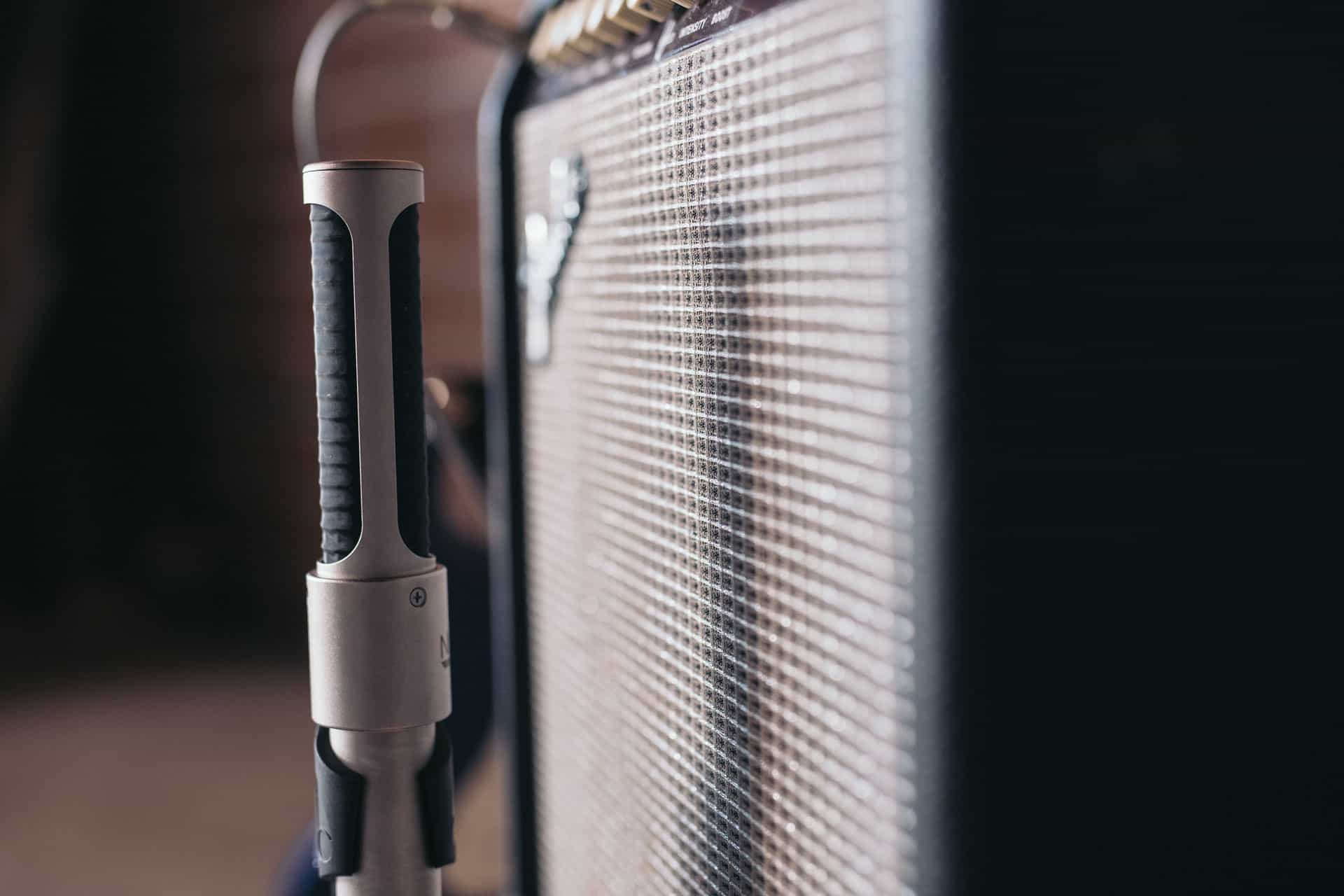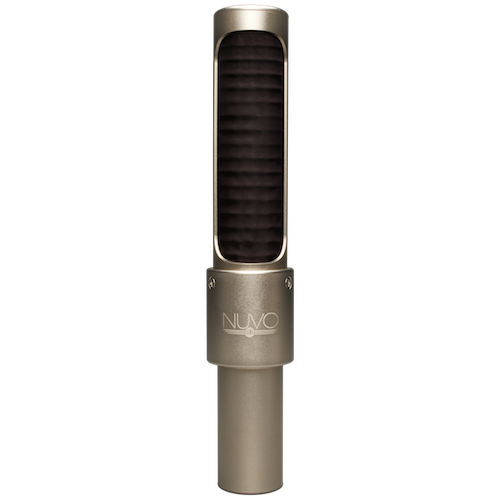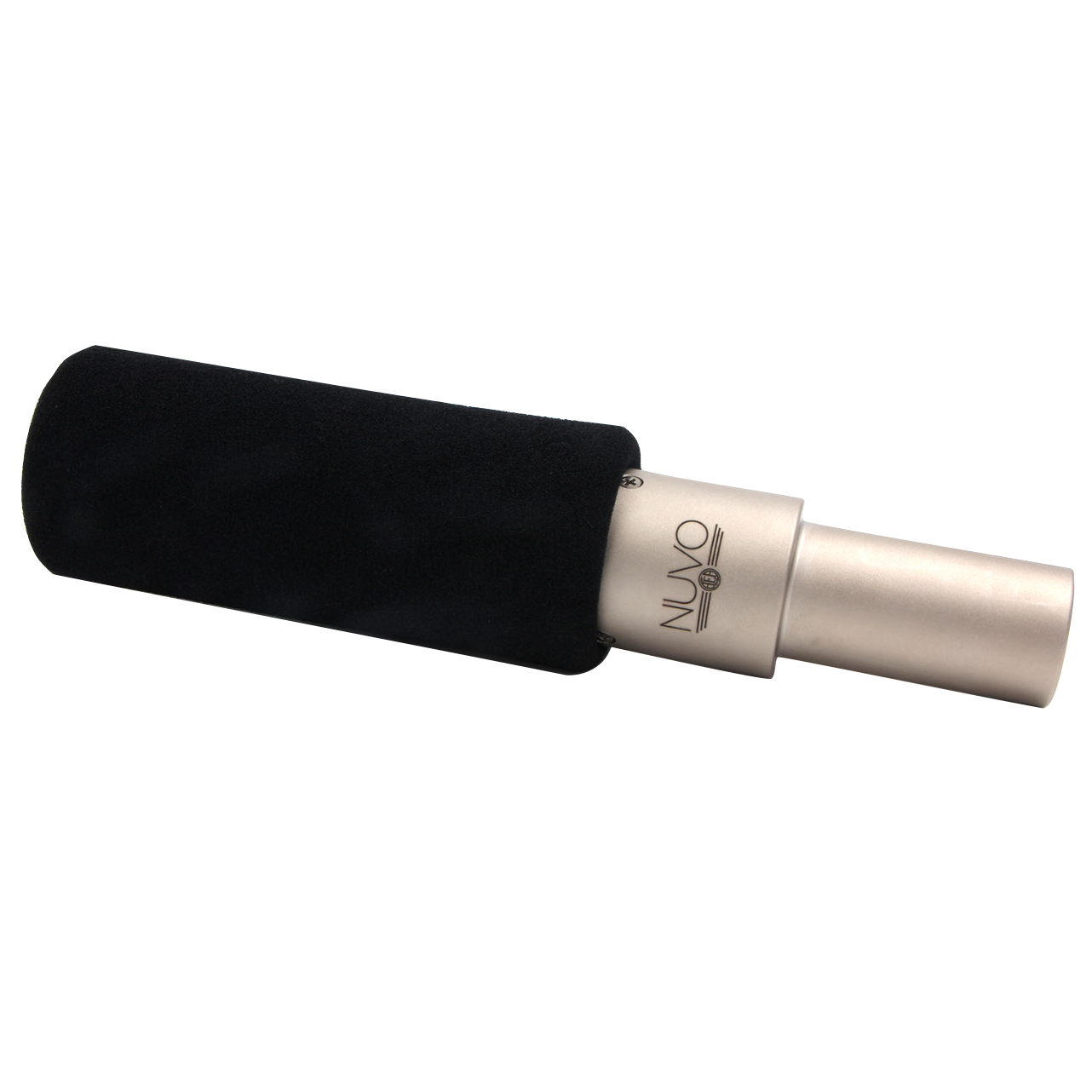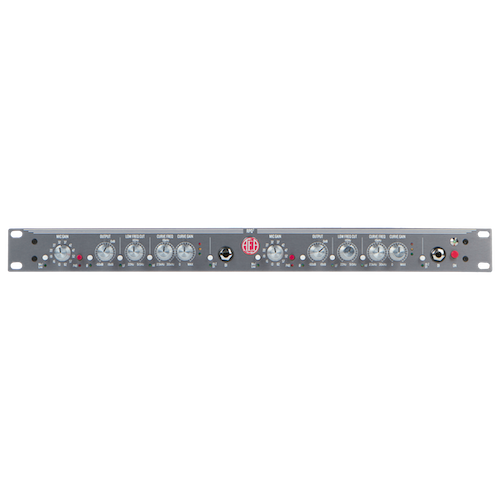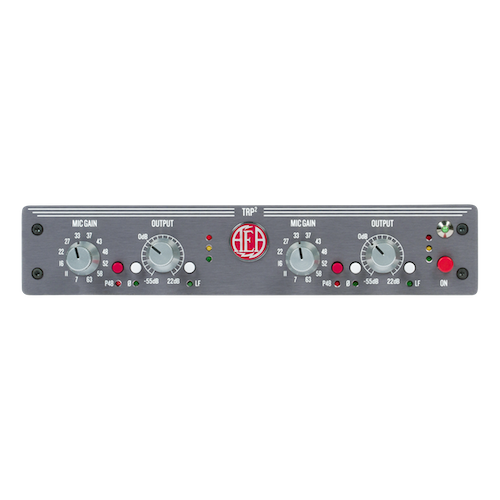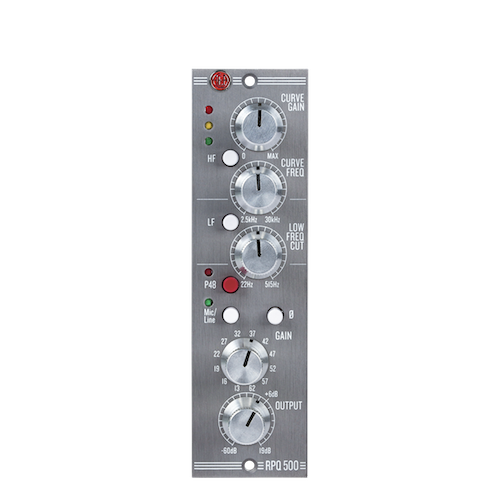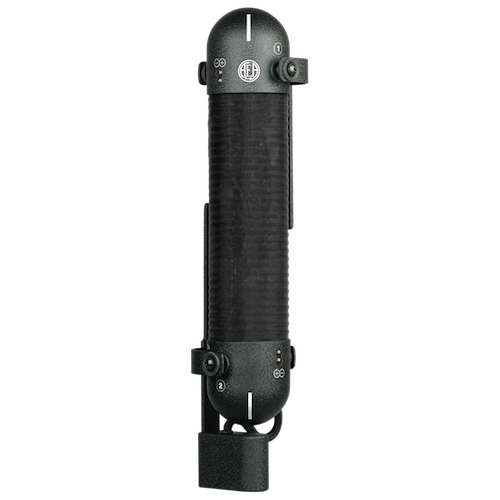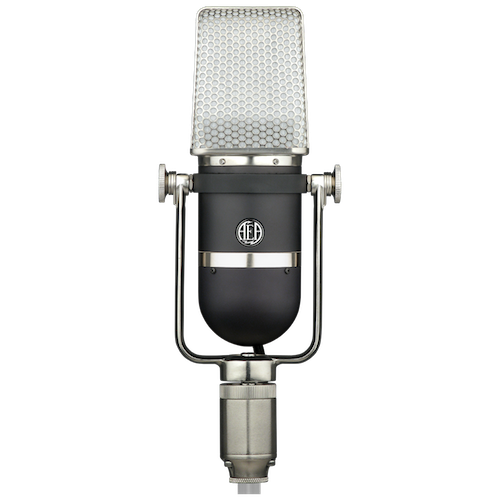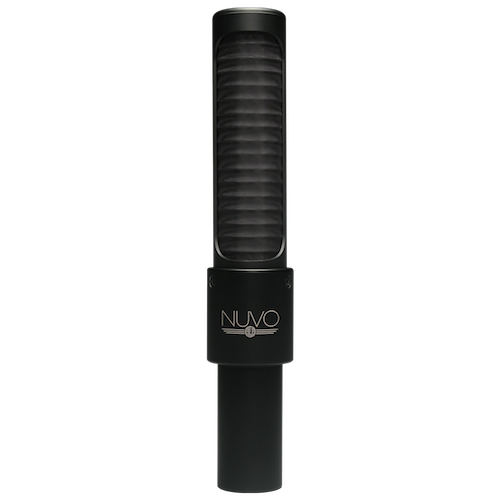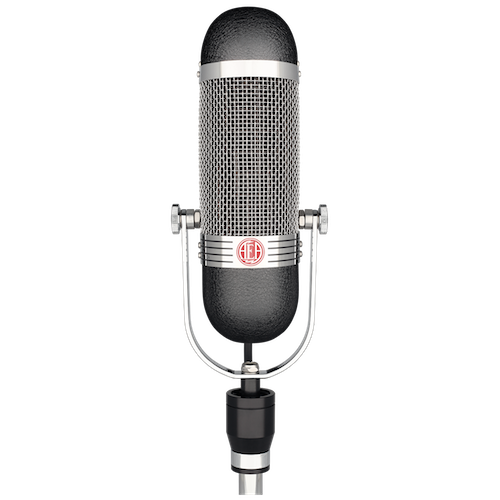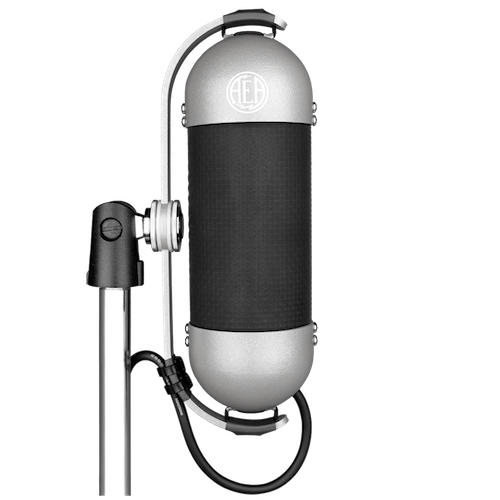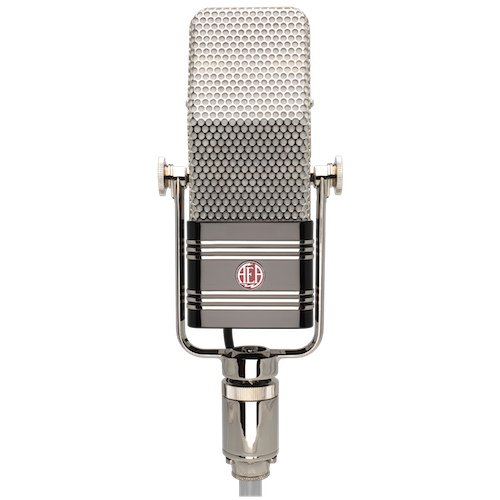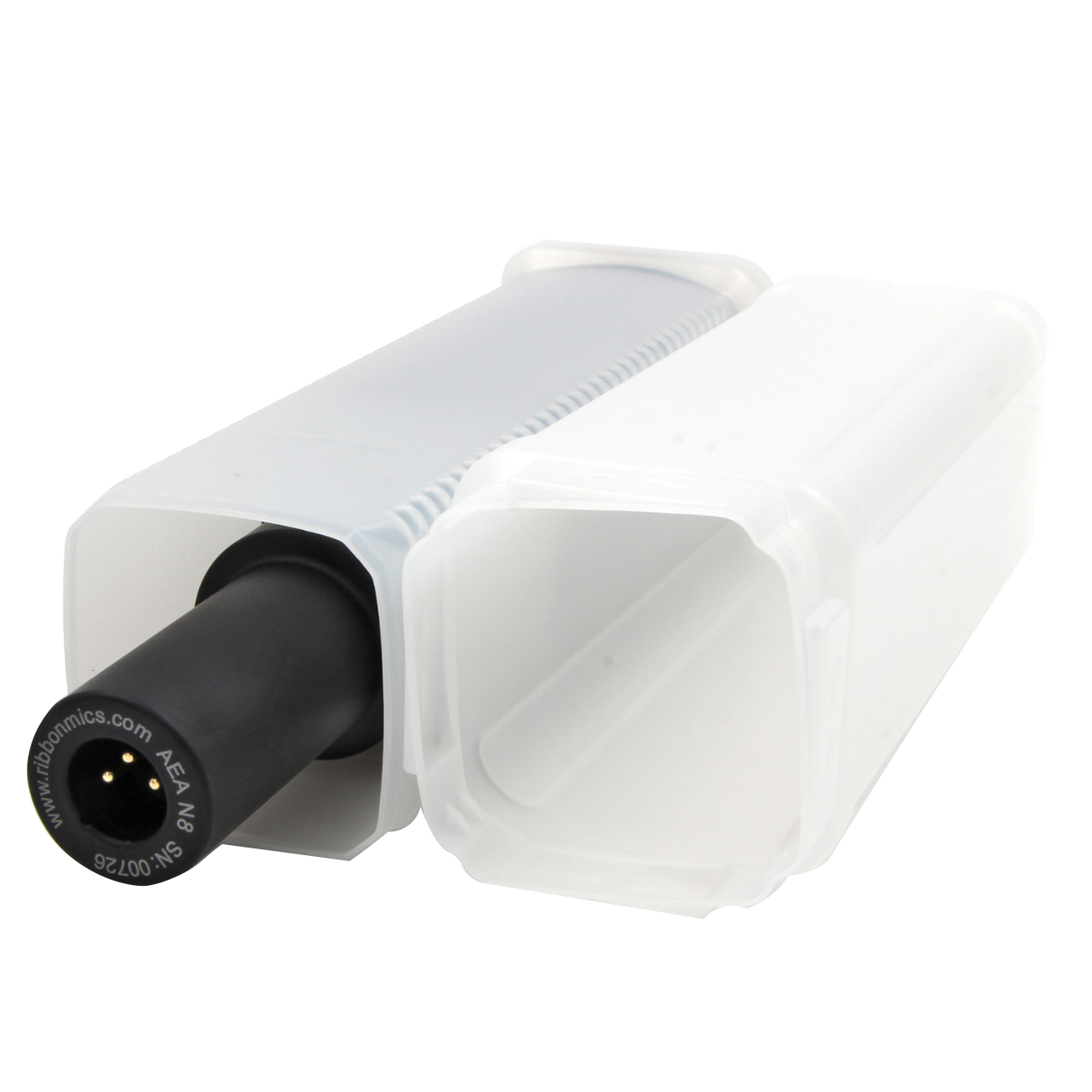The N22 is ideally equipped to capture the sound of your electric guitar. With its near-field design, balanced low-end, and extended top-end, the N22 excels at capturing the true essence of your instrument while limiting room reflections. A bump in response at 3kHz delivers enough bite to make the N22 the only mic necessary to record electric guitar, eliminating the need to blend additional mics for top-end balance.
The near-field N22 delivers balanced sound 2 to 16 inches from the source with the help of internal mechanics which roll off the low-end of a signal before it hits the ribbon. This feature allows for better performance in close-up recording applications than one would achieve with more conventional ribbon mics due to their large amount of proximity effect.
